Media
Regulate social media for sure, but don’t discount its benefits – The Tribune India


Rahul Singh
Mankind has gone through different ages when people’s lives have been dominated, or majorly influenced, by an invention or breakthrough, even by certain ideas. The industrial revolution led to a major transformation. There was the idea of nationalism which created different countries. There was socialism — as opposed to capitalism — which changed the way societies were governed and economies run. There have also been great medical discoveries that have benefited us in countless ways. However, for several decades now, we have been in the age of information technology.
It began with the discovery of radio and the first newspapers. Then, the coming of big-screen cinema. Later came television. In fact, TV has become so popular that many leading newspapers in the developed world have either had to close down or, additionally, go digital. But in the last two decades or so, another form of media has taken the world by storm — social media. Led by Facebook, WhatsApp, Twitter and Instagram, with the smart cell phone and computer as its main medium of communication, it has probably overtaken TV as far as viewership is concerned. As a major influencer, too, and opinion-maker, social media is not too far behind TV.
Nevertheless, it’s the regulatory framework for the media that has become highly controversial and contentious. In most countries, there are regulatory bodies that monitor content. Here, there is the Press Council, usually headed by a retired senior judge. If a party is aggrieved by a news report, it can complain, the Press Council hears both sides and gives its ruling. The offending publication, if found guilty of misreporting, is obliged to publish an apology. If the aggrieved party is not satisfied, it can go to court and sue the publication for libel. That threat, along with the censure of the Press Council, is a powerful check on misreporting. Which is probably why in India at least — and I daresay in many other parts of the world as well where there is freedom of expression — the print media is considered more responsible and credible and, therefore, taken more seriously than the electronic media.
Yet, when TV “live” reportage first burst on to the world scene, it blew the print media away. Perhaps the most dramatic TV reportage of this kind was the shooting of Lee Harvey Oswald, two days after he had assassinated US President Jack Kennedy. Oswald was apprehended after he killed a policeman just after shooting Kennedy. He was first lodged in the basement of the local police jail. When he was about to be transported to a more secure jail, TV cameras and reporters were present. Jack Ruby, owner of a nightclub, emerged from the crowd and shot Oswald, killing him. Millions worldwide saw the footage “live”. Though Ruby was later sentenced to die, a conspiracy theory emerged that Oswald had been silenced so that he could not disclose the other conspirators.
The other “live” event that everyone remembers is of course the tragic downing of the twin towers of the New York World Trade Centre. In India, “live” TV coverage came into its own in Kargil. And then, with the terror attack in Mumbai. There was live reporting of the event, just outside Taj Hotel, little realising that the terrorists inside were watching on TV what was being disclosed. Since then, there has been self-regulation in the coverage of such events.
However, no regulatory framework acceptable to private TV channels has yet emerged. There is admittedly an “Information and Technology Act”, but it is ineffective. The result is that TV channels do what they please. This has showed up in the coverage of the suicide (or murder) of the late actor, Sushant Singh Rajput. A virtual trial by media is taking place, with the law courts playing little role. A drug angle is also being played up and Bollywood maligned. Lawyers on both sides have happily appeared on TV, whereas they should really have confined themselves to court.
But at least Indian TV is admitting that effective regulation is needed. For the social media, however, there are till now no checks whatsoever. Smart phones and computers lend themselves easily to hate speech and fake news. The trouble is, much of this is made to sound credible. Cambridge Analytica, whose former head has just been barred in the UK from running a company or even being a director for seven years, is a good example of the menace. The social media organisation played an insidious role in at least two major elections, that of the US and India. In India, in 2018, both the BJP and the Congress accused each other of using Analytica in polls across the country. The CEO admitted having offered clients “unethical services”, which included bribery and honey-traps.
But let’s be fair. Social media has become an indispensable vehicle. It is here to stay. Want material on a particular subject? Just key in Google Search. Schools and colleges worldwide have mostly been closed since the pandemic struck last March. Some 1.3 billion students, which is the population of India, have been affected and classes have had to be taken online. Can you imagine the disruption this would have caused if social media had not been there? So, when a regulatory framework is eventually put in place, the benefits that the social media has brought to our lives also need to be acknowledged and taken into account.
— The writer is a veteran journalist
Media
Psychology group says infinite scrolling and other social media features are ‘particularly risky’ to youth mental health – NBC News
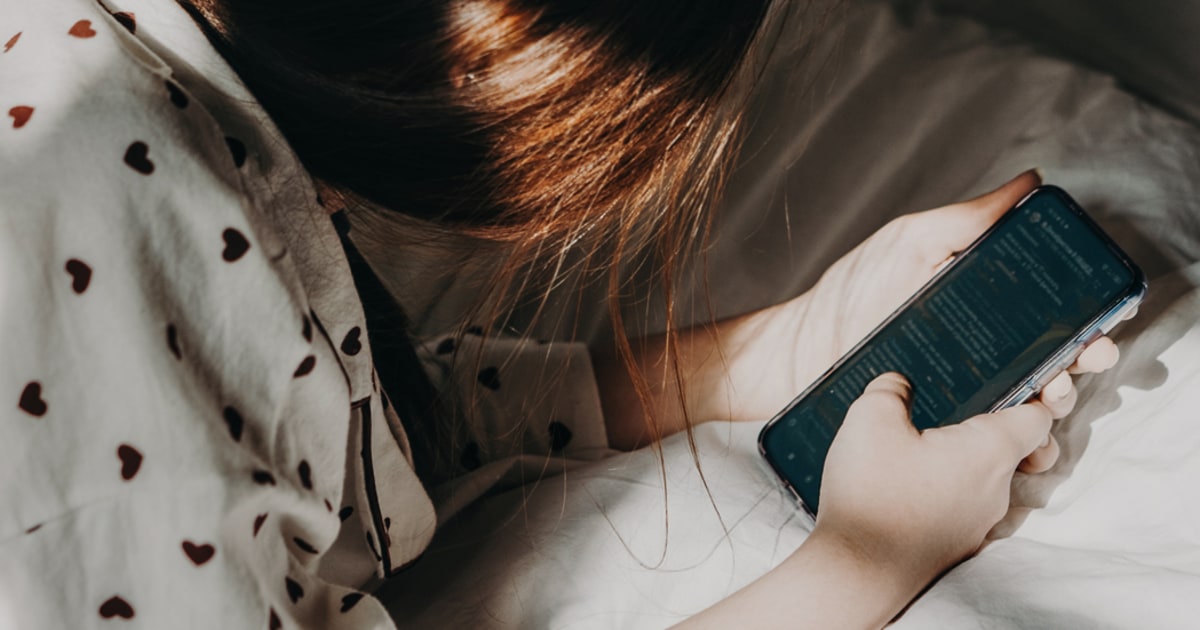

A top psychology group is urging technology companies and legislators to take greater steps to protect adolescents’ mental health, arguing that social media platforms are built for adults and are “not inherently suitable for youth.”
Social media features such as endless scrolling and push notifications are “particularly risky” to young people, whose developing brains are less able to disengage from addictive experiences and are more sensitive to distractions, the American Psychological Association wrote in a report released Tuesday.
But age restrictions on social media platforms alone don’t fully address the dangers, especially since many kids easily find workarounds to such limits. Instead, social media companies need to make fundamental design changes, the group said in its report.
“The platforms seem to be designed to keep kids engaged for as long as possible, to keep them on there. And kids are just not able to resist those impulses as effectively as adults,” APA chief science officer Mitch Prinstein said in a phone interview. He added that more than half of teens report at least one symptom of clinical dependency on social media.
“The fact that this is interfering with their in-person interactions, their time when they should be doing schoolwork, and — most importantly — their sleep has really important implications,” Prinstein said.
The report did not offer specific changes that social media companies can implement. Prinstein suggested one option could be to change the default experience of social media accounts for children, with functions such as endless scrolling or alerts shut off.
The report comes nearly a year after the APA issued a landmark health advisory on social media use in adolescence, which acknowledged that social media can be beneficial when it connects young people with peers who experience similar types of adversity offline. The advisory urged social media platforms to minimize adolescents’ online exposure to cyberbullying and cyberhate, among other recommendations.
But technology companies have made “few meaningful changes” since the advisory was released last May, the APA report said, and no federal policies have been adopted.
A spokesperson for Meta, the parent company of Facebook, Instagram and WhatsApp, disputed the assertion that there have not been changes instituted on its platforms recently. In the last year, Meta has begun showing teens a notification when they spend 20 minutes on Facebook and has added parental supervision tools that allow parents to schedule breaks from Facebook for their teens, according to a list of Meta resources for parents and teenagers. Meta also began hiding more results in Instagram’s search tool related to suicide, self-harm and eating disorders, and launched nighttime “nudges” that encourage teens to close the app when it’s late.
Prinstein said more is still needed.
“Although some platforms have experimented with modest changes, it is not enough to ensure children are safe,” he said.
TikTok and X, formerly known as Twitter, did not immediately respond to a request for comment.
Tuesday’s report comes amid broader concern over the effects of social media on young people. In March, Florida passed a law prohibiting children younger than 14 from having social media accounts and requiring parental consent for those ages 14 and 15. California lawmakers have introduced a bill to protect minors from social media addiction. Dozens of states have sued Meta for what they say are deceptive features that harm children’s and teens’ mental health.
And last month, a book was published by social psychologist Jonathan Haidt that argues that smartphones and social media have created a “phone-based childhood,” sending adolescents’ rates of anxiety, depression and self-harm skyrocketing.
The book, “The Anxious Generation: How the Great Rewiring of Childhood Is Causing an Epidemic of Mental Illness,” has been hotly debated. While it has its detractors, it instantly became a bestseller.
Prinstein said that it’s up to technology companies to protect their youngest users, but parents can also help. He recommended all devices in a family’s household go on top of the refrigerator at 9 p.m. each night to help kids — and parents — get the amount of sleep they need. He also said there is no harm in limiting or postponing a child’s use of social media.
“We have no data to suggest that kids suffer negative consequences if they delay social media use, or if their parents set it for half an hour a day, or an hour a day,” he said.
“If anything, kids tell us, anecdotally, that they like to be able to blame it on their parents and say, ‘Sorry, my parents won’t let me stay on for more than an hour, so I have to get off,’” he added. “It kind of gives them a relief.”
Media
More than mere media bias: How New York prosecutors see Trump's scheme with the National Enquirer – MSNBC
IE 11 is not supported. For an optimal experience visit our site on another browser.
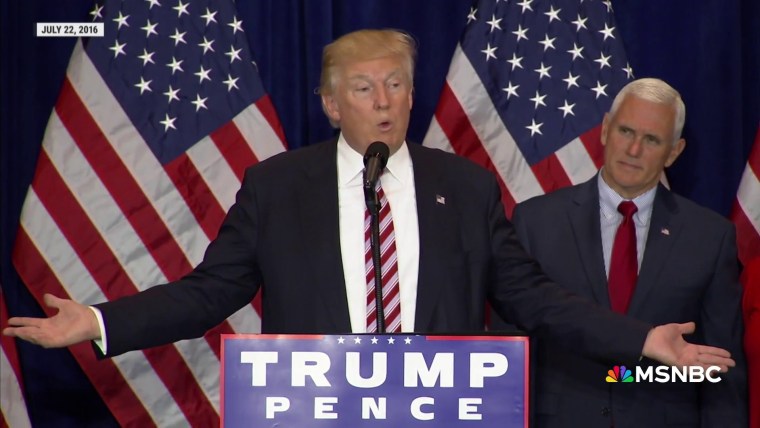

-
Now Playing



More than mere media bias: How New York prosecutors see Trump’s scheme with the National Enquirer
06:15
-
UP NEXT


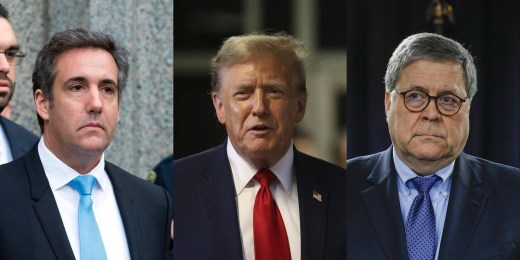
The real DOJ corruption scandal at the heart of Trump’s criminal trial in New York
11:59
-


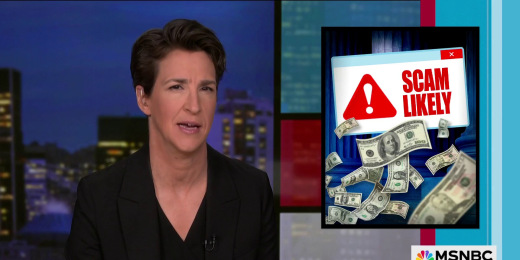
Bank with a checkered past and a deep history with Trump raises red flags
07:23
-


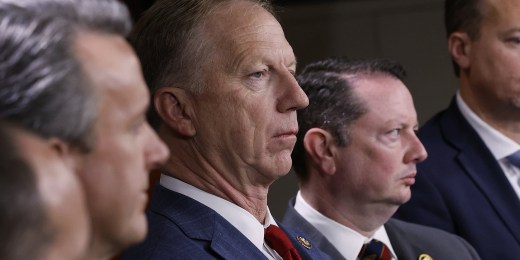
Why Republicans are hiding behind the politics of personality
04:23
-


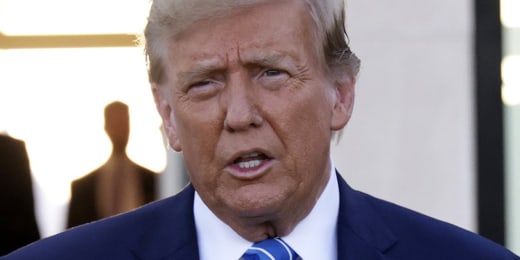
Media whiffs on the news in Trump’s abortion statement as Dobbs becomes weaponized on global scale
09:17
-


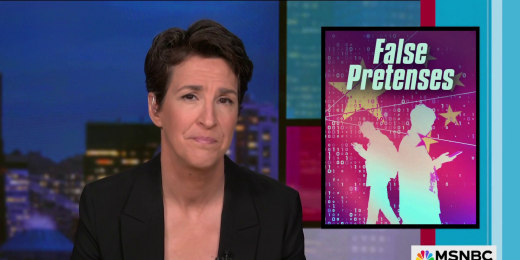
U.S. foes exploit Trump’s divisiveness with fake MAGA accounts; China adopts Russian tactics
10:58
-

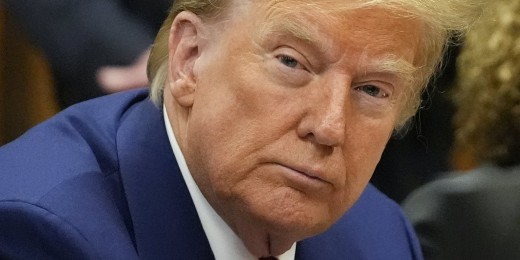
Judge has enough of Trump’s attacks on family members; extends gag order on ‘defendant’s vitriol’
04:59
-

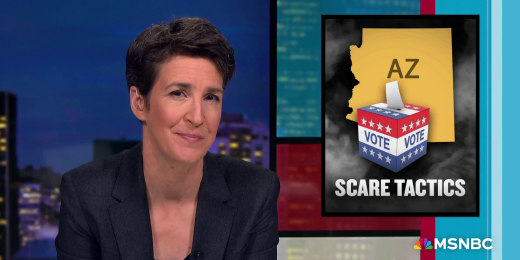
Combat training for election workers? Arizona braces for Trump-addled election deniers
07:59
-

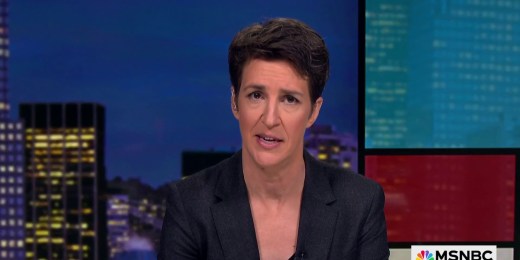
Maddow joins colleagues in objecting to McDaniel for legitimizing Trump, attacking democracy
11:59
-

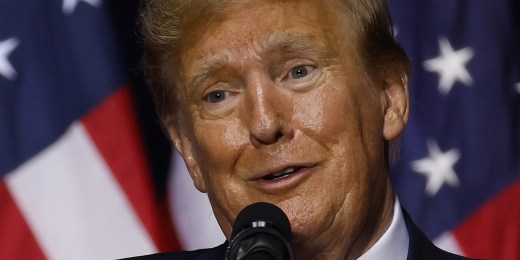
Panicking Trump coming up short for civil fraud penalty; no friends stepping up as deadline nears
07:18
-

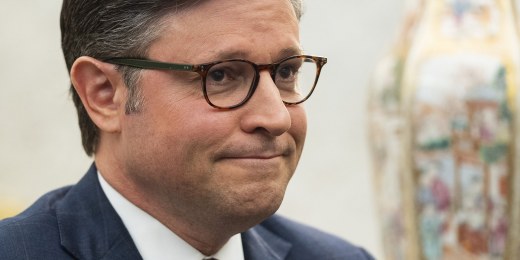
Putin flexes expansionist muscles as GOP stalling starves Ukraine of military aid
04:25
-

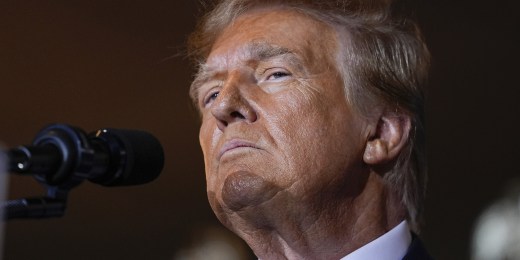
How pro-Trump election officials could make sure your vote doesn’t count
08:19
-


How Russia duped two Republicans with propaganda laundered through fake news sites
03:54
-

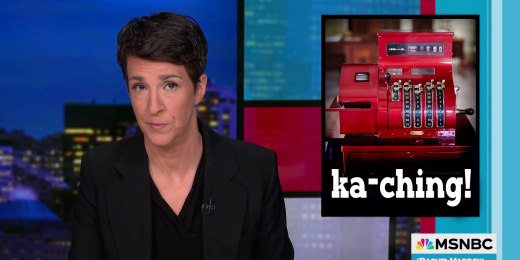
‘Massive national security risk’: Trump financial desperation makes access to U.S. secrets dangerous
04:22
-

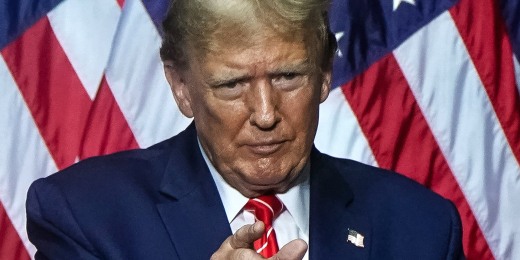
‘Everything’s for sale’: Trump’s TikTok flip-flop follows disturbing pattern
11:46
-

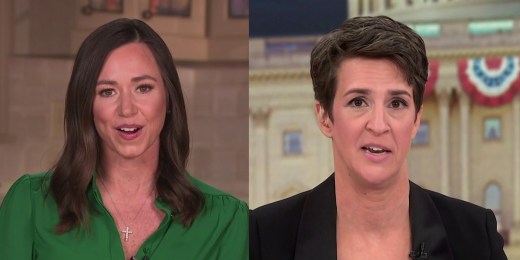
Maddow calls out glaring contradiction in Katie Britt’s GOP response
03:13
-

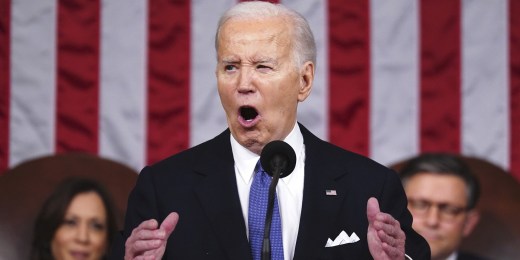
‘Incredibly aggressive’: Biden delivers energized State of the Union
10:39
-

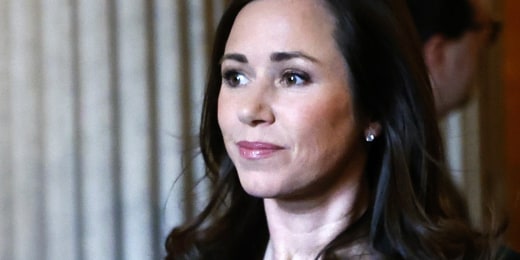
Who is Senator Katie Britt? GOP taps Alabama senator with reproductive rights in spotlight
10:43
-

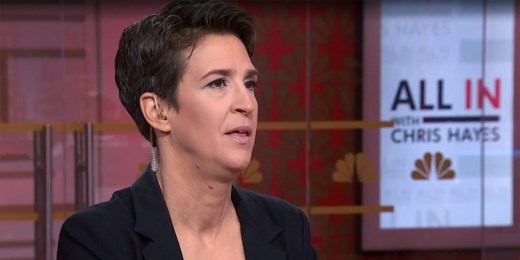
Maddow: This election is a choice ‘between having a democracy and not’
08:37
-

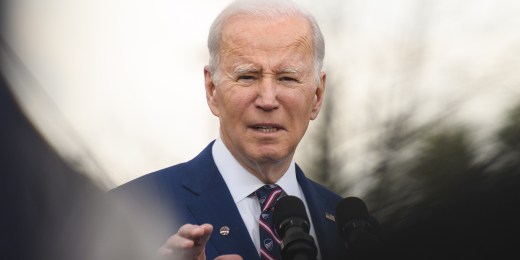
Democrats see opportunities for Biden to take back North Carolina in 2024
08:26
-
Now Playing



More than mere media bias: How New York prosecutors see Trump’s scheme with the National Enquirer
06:15
-
UP NEXT



The real DOJ corruption scandal at the heart of Trump’s criminal trial in New York
11:59
-



Bank with a checkered past and a deep history with Trump raises red flags
07:23
-



Why Republicans are hiding behind the politics of personality
04:23
-



Media whiffs on the news in Trump’s abortion statement as Dobbs becomes weaponized on global scale
09:17
-



U.S. foes exploit Trump’s divisiveness with fake MAGA accounts; China adopts Russian tactics
10:58
Media
The boomer pause: the sign that shows you should really get off social media – The Guardian


Name: The boomer pause.
Age: A split second.
Appearance: An uncomfortably long break.
Does it refer to an entitled pause between statements to show that you, a boomer, own the room? Not quite: it refers to that awkward moment of silence between hitting “record” and speaking that boomers leave when they film their social media posts.
I’m not sure I understand. It’s like the millennial pause, but longer.
Wait – the millennial pause? A term, coined in 2021, for the telltale split-second pause millennials leave before speaking, because they came of age before TikTok.
And the boomer pause is longer, because boomers are even older? Exactly. Like a long pause before and after speaking.
So it’s a pause indicating age-related technological ineptitude? It’s more than that.
With an added note of self-satisfied indifference about how you come across? That’s part of it, I guess.
And a studied refusal to get to grips with even the most basic and user-friendly editing features? It’s just being a boomer, really.
Would you happen to have a popular example of the phenomenon to hand? Yes: Gary Barlow.
From Take That? That’s the one. On the TikTok account of his wine range, Barlow recently filmed himself grinning in front of a vineyard.
Gary Barlow has a wine range? Keep up. The clip, which has since gone viral, may be transcribed thus: (IMMENSE PAUSE). Barlow: “This is my idea of a very nice day out.” (SECOND IMMENSE PAUSE). End of video.
A boomer pause? “I thought my phone had frozen” was one of the many comments below the post.
Maybe he’s inserting a deliberate pause to … To what?
… to capture your attention. TikTok doesn’t work like that, grandad.
Anyway, I hate to break it to you, but Gary Barlow isn’t a boomer. Are you kidding? He has his own wine range, and homes worth millions in London, Oxfordshire and Santa Monica.
Barlow was born in 1971. The generally acknowledged boomer cutoff is 1964. He is technically Gen X. The boomer pause is down to the length of the gap, not the age of the pauser.
So Kylie Jenner could leave a boomer pause? She could, but she wouldn’t.
Do say: (After counting to five slowly in your head) “Hi, everybody!”
Don’t say: “I am pushing the button! It just keeps flashing this … oops, I think we’re on. Hi, everybody!”
-
Media16 hours ago
DJT Stock Plunges After Trump Media Files to Issue Shares
-
Business15 hours ago
FFAW, ASP Pleased With Resumption of Crab Fishery – VOCM
-
Media15 hours ago
Marjorie Taylor Greene won’t say what happened to her Trump Media stock
-



 Tech24 hours ago
Tech24 hours agoHow funny? Australian researchers use AI to generate cartoon captions – Digital Journal
-
Business16 hours ago
Javier Blas 10 Things Oil Traders Need to Know About Iran's Attack on Israel – OilPrice.com
-
Media14 hours ago
Trump Media stock slides again to bring it nearly 60% below its peak as euphoria fades – National Post
-
Business21 hours ago
A government mortgage policy that makes sense – with one glaring question – The Globe and Mail
-
Media17 hours ago
Trump Media Plunges After Registering Shares, Warrants for Sale – BNN Bloomberg








